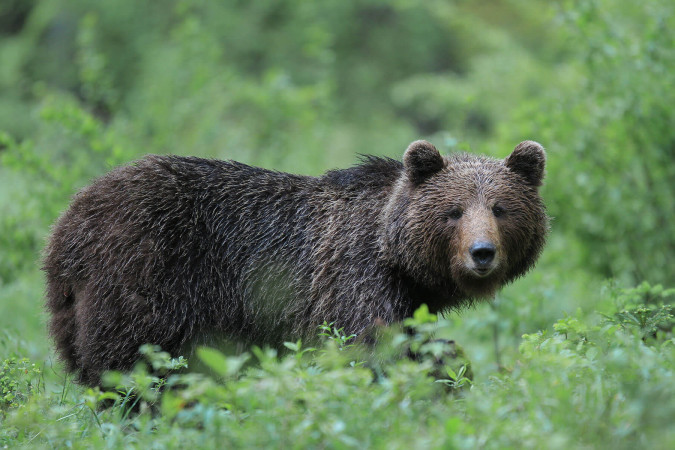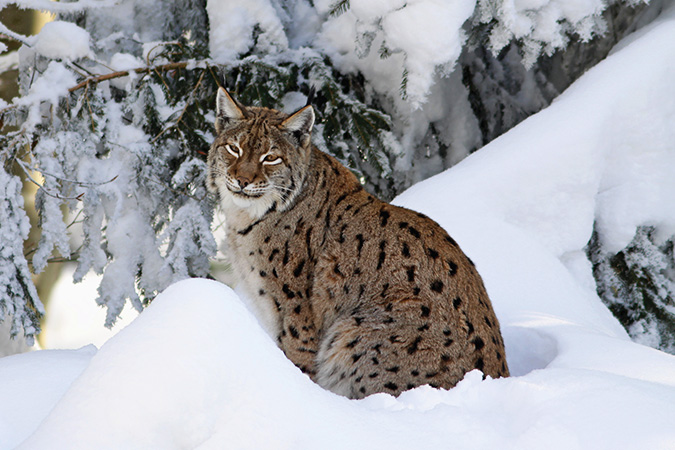Bear encounter
The forests of Kočevsko are shared by many inhabitants, including the brown bear. It is wise to keep in mind recommendations on how to behave and act when visiting the forest.
The region of Kočevsko is known for the highest density of wild bears in their natural environment. Encounters between people and bears are a rare event in nature, as bears are cautious animals that prefer to avoid people. Despite that, it is still possible encounter a bear on rare occasions, especially when a bear has not detected our presence before we encounter it.
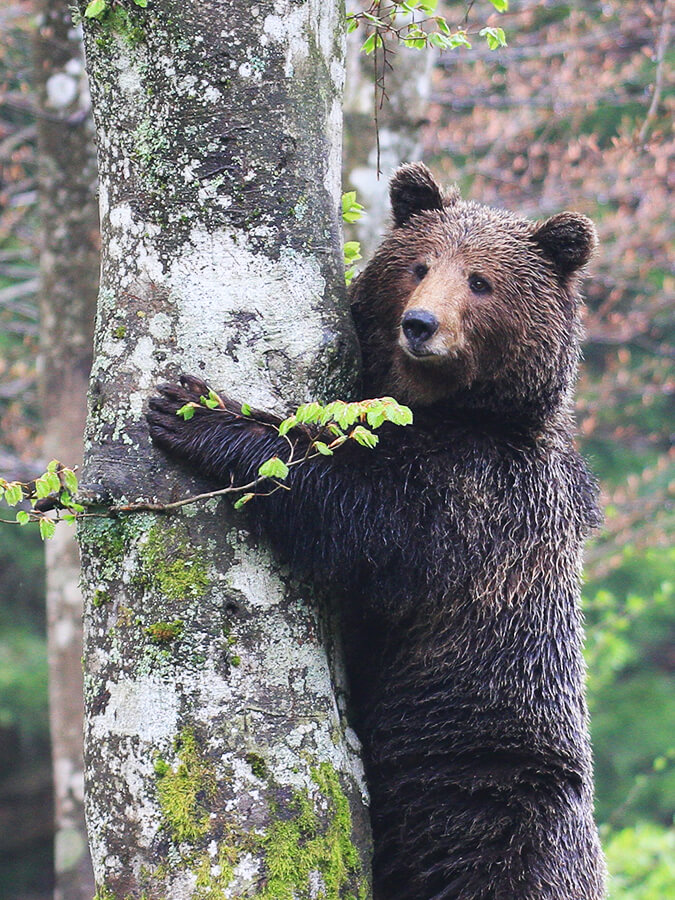
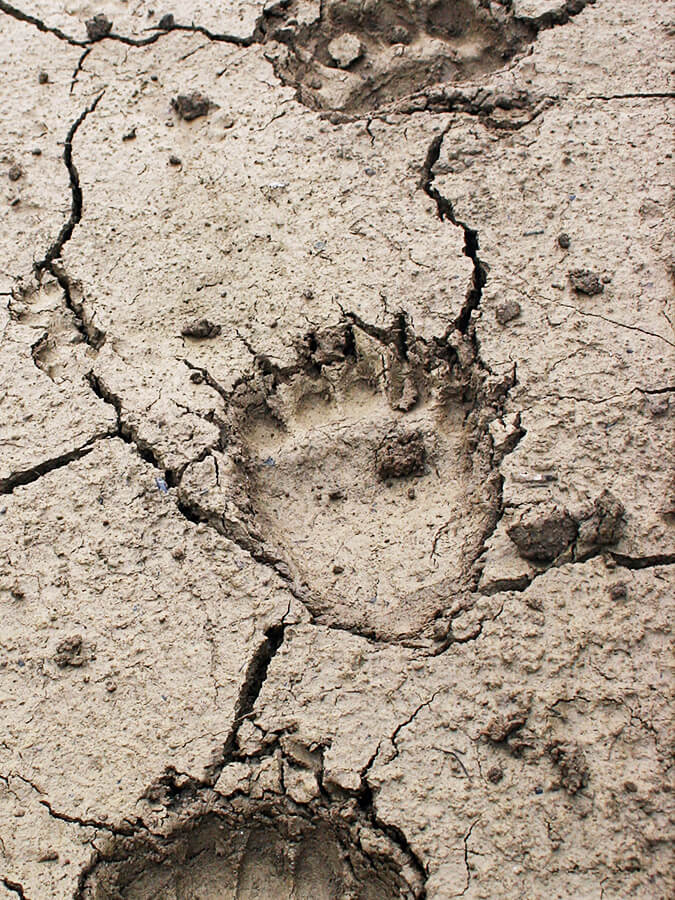
When spending time in nature in areas with bears, it is crucial to keep in mind recommendations on how to behave there, in order to avoid unwanted encounters with bears and to ensure that potential encounters do not end with negative consequences for people or the bears.
Bears don’t like surprises. With well-developed senses of smell and hearing, they are generally successful in avoiding people. If you want to avoid encountering a bear, you need to be loud enough not to surprise it. When visiting the forest you should not be too quiet, warn them about your presence especially when passing through dense vegetation and in unseen areas. If you encounter a bear, never approach it and do not disturb it (for example, by throwing stones), and do not approach the bear’s lair. Never feed a bear, even if it looks friendly and curious, and do not approach it when it feeds on a carcass of an animal or anything else. In most cases, the bear will back off from the food, but it can decide to defend its food against an intruder.
Keep your dog on a leash! If a dog encounters a bear and distresses it, it will lead the beard directly to the owner in search of help.
Veliki medo
When encountering a bear, it is important to stay calm and assess the situation. The following steps vary depending on the circumstances of the encounter. When a bear detects a human, in most cases it will immediately leave the area even before we detect its presence. A bear can stand on its hind legs to check the surroundings. This posture does not show aggression but curiosity. Make the bear aware of yourself using a calm voice. The bear will thus detect the proximity of a human and retreat.
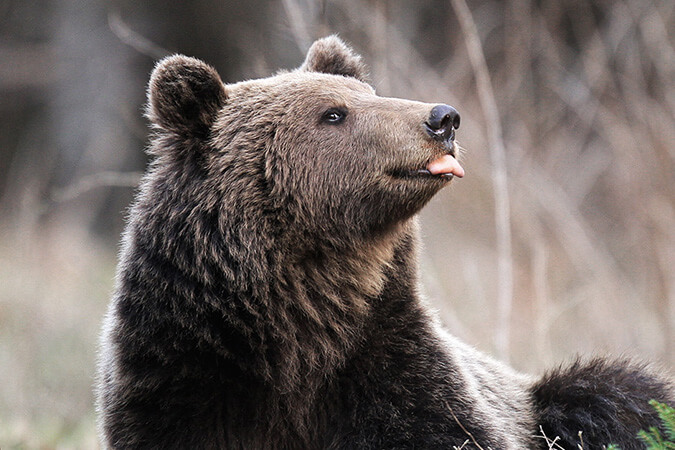
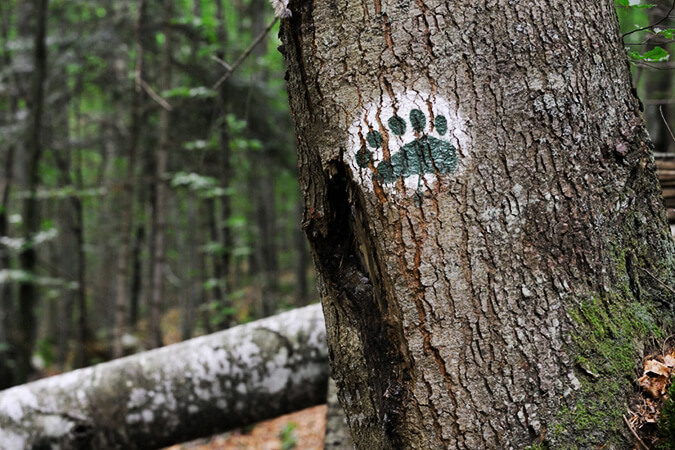
Do not dispose of food waste or other organic waste in the forest, near mountain huts or near the edge of the forest. Dispose of the waste into appropriate trash cans that are inaccessible to bears or take it with you.
How to Behave
Bears in Europe attack humans only when they cannot avoid it because of fear or feeling of danger. By following the instructions below, you will be safe in an encounter.
- If you notice the bear at a distance, slowly move back the way you came and leave the bear enough space to continue its path. Never run!
- If a bear is approaching you and hasn’t noticed you yet, make it aware of your presence using a calm voice and slowly withdraw. Bears have a poorly developed vision, so a bear has to recognise you as a person, but at the same time it must perceive that it is not in danger. In this case, the bear will usually withdraw. Nevertheless, keep an eye on its behaviour.
- If you find yourself in the immediate vicinity of a bear (even when it’s a bear with its cubs): stand still, keep calm and slowly move in the direction from where you came. Move slowly, without sudden movements and do not scream.
- Do not throw stones or other objects at the bear. This would increase the possibility of aggressive behaviour, as a bear that feels threatened can start to defend itself.
- In exceptional cases, the bear can carry out a so-called false attack, in which there is no physical contact. The purpose of such a response is to scare away the unwanted visitor.
- In the event of an attack, never defend yourself. Stand still or slowly lie face-down on the ground. Most likely, the bear will stop right in front of you ’won't come into physical contact with you.
- It is very difficult to determine whether a false attack is happening. By pretending to be dead before physical contact occurs, you will show the bear that you are not a threat. When laying on the floor, protect your head, neck and face with your arms. Act passive. Try to stay as quiet as possible until the end of the attack. Before you get up, check if the bear is still nearby.
- Remember: never run from a bear or climb a tree! Bears are good climbers and they can reach speeds of up to 50km/h. They can catch you in a few metres, regardless of the type of terrain. The exception is if you can reach a safe place (e.g. a car) in a few steps.
- Never approach bear cubs, even if they seems curious or abandoned. If you notice them, move away from the area, because the mother bear is not far away.


